Welcome to Jiangsu DZX Factory.
Email:dlx@dlx-alloy.com Mobile/Whatsapp:+86 199 0611 9641
Professional manufacturer of welding wires and spraying wires,over 22 years.
Welcome to Jiangsu DZX Factory.
Email:dlx@dlx-alloy.com Mobile/Whatsapp:+86 199 0611 9641
Professional manufacturer of welding wires and spraying wires,over 22 years.
Contact:Jason
Whatsapp:+8619906119641
Email:dlx@dlx-alloy.com
Add:NO.32 West Taihu Road, Xinbei District, Changzhou, Jiangsu,China
Stainless Steel Welding Wire
Product Details

Our ER309L stainless steel TIG wire is built for tough jobs where durability and corrosion resistance are non-negotiable. This austenitic wire, with around 23% chromium and 13% nickel, has a low carbon content (0.03% max) to keep welds strong and resistant to cracking, even in extreme conditions. It’s perfect for welding dissimilar metals, like stainless steel to carbon or low-alloy steel, and shines in harsh environments like chemical plants or marine settings. Designed for TIG welding, it offers a stable arc, smooth bead appearance, and minimal spatter, making it a go-to for precision work.
We’ve crafted our ER309L wire to handle the toughest challenges. Its high chromium and nickel content boosts corrosion resistance, especially in acidic or high-temperature environments. The low carbon minimizes carbide precipitation, so your welds stay tough and crack-free. It’s ideal for joining 309, 304, or dissimilar steels, delivering tensile strength around 87,000 psi and excellent ductility. Whether you’re welding pressure vessels or exhaust systems, this wire ensures robust, long-lasting results with a clean finish.
| AWS Classification | Applications |
| ERNiCr-3 | Used for welding 600, 601, and 800 alloys and dissimilar welding between stainless steel and carbon steel |
| ERNiCrFe-7 | Suitable for welding nickel-chromium-iron alloys under ASTM B163, B166, B167, and B168 standards |
| ERNiCrFe-6 | Designed for welding steel to nickel-chromium-iron alloys, as well as stainless steel to nickel-based alloys |
| ERNiCrCoMo-1 | Used for welding nickel-chromium-cobalt-molybdenum alloys and various high-temperature alloys |
| ERNiCrMo-3 | Suitable for nickel alloy, carbon steel, stainless steel, and low alloy steel welding, primarily used for 625, 601, 802 alloys, and 9% nickel alloys |
| ERNi-CI | Used for welding commercially pure nickel, malleable cast iron, and gray cast iron |
| ERCuNi | Suitable for welding 70/30, 80/20, and 90/10 copper-nickel alloys |
| ERNiCu-7 | Used for welding nickel-copper alloys such as B127, B163, B164, and B165 |
| ERNi-1 | Designed for welding pure nickel castings and forgings, including those under ASTM B160, B161, B162, and B163 standards |
| ERNiFeMn-CI | Suitable for welding nodular cast iron, ductile iron, malleable cast iron, and gray cast iron, as well as their dissimilar welding to stainless steel, carbon steel, low alloy steel, and various nickel alloys |
| ERNiCrMo-4 | Used for welding nickel-chromium-molybdenum alloys, or for welding nickel-chromium-molybdenum alloys to steel and other nickel-based alloys |
| ERNiCrMo-11 | uitable for self-welding nickel-chromium-molybdenum alloys, dissimilar welding with steel and other nickel alloys, and also for cladding applications |
| ERNiCrMo-13 | Used for welding low-carbon nickel-chromium-molybdenum alloys |
| ENiCrMo-3 | Designed for welding nickel-chromium-molybdenum alloys, including 625, 800, 801, 825, and 600 |
| ENiCrFe-3 | Used for welding nickel-chromium-iron alloys and for dissimilar welding with carbon steel |
| ENiCrFe-2 | Suitable for welding austenitic steel, ferritic steel, and high-nickel alloys, also used for 9% nickel alloy welding |
| ENiCu-7 | Primarily used for welding nickel-copper alloys and their dissimilar welding with steel |
| ENiCrFe-7 | Ideal for welding 690 (UNS N06690) nickel-chromium-iron alloys |
| ENiCrMo-4 | Designed for C-276 alloy welding and most nickel-based alloys |
| ENiCrCoMo-1 | Suitable for welding nickel-chromium-cobalt-molybdenum alloys and various high-temperature alloys |
| ERCuNi | Used for welding forged or cast 70/30, 80/20, and 90/10 copper-nickel alloys |
| ENiCrMo-13 | Used for welding low-carbon nickel-chromium-molybdenum alloys |
| ENiCrMo-11 | Used for welding low-carbon nickel-chromium-molybdenum alloys |
| Welding Wire Type | Density (g/cm³) | Melting Point (°C) | Electrical Conductivity (% IACS) | Coefficient of Thermal Expansion (10⁻⁶/°C) | Tensile Strength (MPa) | Yield Strength (MPa) | Elongation at Break (%) |
| Carbon Steel Welding Wire | 7.85 | 1450 | 8-10 | 11.8 | 400-550 | 300-400 | 20-25 |
| Stainless Steel Welding Wire | 7.9 | 1350-1450 | 2-5 | 16-17 | 550-650 | 300-400 | 30-40 |
| Aluminum Welding Wire | 2.7 | 600-660 | >60 | 23.1 | 150-200 | 75-100 | >20 |
| Nickel Alloy Welding Wire | 8.4 | 1350-1400 | 1-2 | 13.1 | 600-800 | 400-600 | 30-40 |
| Welding Rod Type | Coating | Electrical Resistivity (10⁻⁶ Ω·cm) | Hardness (HV) | Heat Resistance (°C) | Tensile Strength (MPa) | Yield Strength (MPa) | Elongation at Break (%) |
| Carbon Steel Welding Rod | Acid coated, alkaline coated | 10-15 | 150-200 | < 450 | 400-550 | 300-400 | 20-25 |
| Stainless Steel Welding Rod | Acid coated, alkaline coated | 60-80 | 200-400 | < 800 | 550-750 | 350-450 | 25-35 |
| Cast Iron Welding Rod | Alkaline coated | 90-120 | 250-450 | 300-600 | 300-500 | 150-300 | 10-20 |
| Nickel Alloy Welding Rod | Alkaline coated | 80-100 | 200-300 | < 1200 | 700-900 | 450-650 | 20-35 |
For more other size details, pls directly contact us
The stainless steel welding wire market is on a roll, projected to reach USD 4.1 billion by 2030 with a 5.3% CAGR. Harsh environment industries—think chemical processing, oil and gas, and marine—are driving demand for materials that can withstand corrosion and extreme temperatures. TIG welding is gaining traction for its precision, especially in high-stakes applications where weld quality is critical. Our ER309L wire fits right in, offering reliability for industries facing tough conditions while meeting strict quality standards.
Our ER309L TIG wire is a workhorse for demanding settings. It’s used in chemical processing plants for welding reactors and pipelines exposed to corrosive substances. In marine environments, it handles saltwater exposure like a champ, making it ideal for shipbuilding or offshore platforms. It’s also a favorite in oil and gas for joining dissimilar metals in pipelines and refineries. Plus, it’s great for power generation equipment, where high temperatures and pressure demand welds that won’t quit.
Sustainability is a big deal these days, and industries are leaning toward materials that last longer to cut down on repairs and replacements. Our ER309L wire delivers on that front with its corrosion resistance and durability. Automation is another trend—precision TIG welding is increasingly paired with robotic systems, and our wire’s consistent feed and arc stability make it a perfect match. Stricter regulations in industries like chemical and marine are also pushing demand for high-performance welding materials that meet safety and environmental standards.
Here’s how our ER309L stacks up against other stainless steel TIG wires:
Parameter | ER309L (Ours) | ER308L | ER347 | |
|---|---|---|---|---|
Carbon Content | Max 0.03% (Low) | Max 0.03% (Low) | Max 0.03% (Low) | Max 0.08% (Higher) |
Corrosion Resistance | Excellent (High Cr/Ni) | Excellent (For 304/304L) | Superior (Molybdenum-enhanced) | Good (Stabilized with Niobium) |
Primary Use | Dissimilar metals, 309, 304 steels | 304, 304L, 321, 347 steels | 316, 316L steels | 321, 347 steels |
Harsh Environment Suitability | High (Acidic, high-temp) | Moderate (Less versatile) | High (Marine, chemical) | Moderate (Specific alloys) |
Weldability | Excellent (Stable arc, clean bead) | Excellent (Smooth arc) | Excellent (Smooth arc) | Good (Slightly less versatile) |
Tensile Strength (psi) | ~87,000 | ~85,000 | ~85,000 | ~86,000 |
Crack Resistance | Excellent (Low carbon) | Excellent (Low carbon) | Excellent (Low carbon) | Good (Stabilized) |
Cost-Effectiveness | High (Versatile, durable) | High (For specific alloys) | Moderate (Molybdenum adds cost) | Moderate (Specialized use) |
Our ER309L is the go-to for versatility and performance in extreme conditions, especially for dissimilar metal welding.
We take pride in our ER309L TIG wire, crafted to meet AWS A5.9 and ASME SFA 5.9 standards for top-tier quality. Our wire is made with high-purity materials to ensure clean, consistent welds with no surprises. We’ve optimized the production process to eliminate imperfections, so the wire feeds smoothly and performs reliably in both manual and automated TIG setups. Available in various diameters and spool sizes, it’s tailored to fit your project, big or small. Our team’s always ready to offer expert advice to help you nail every weld.
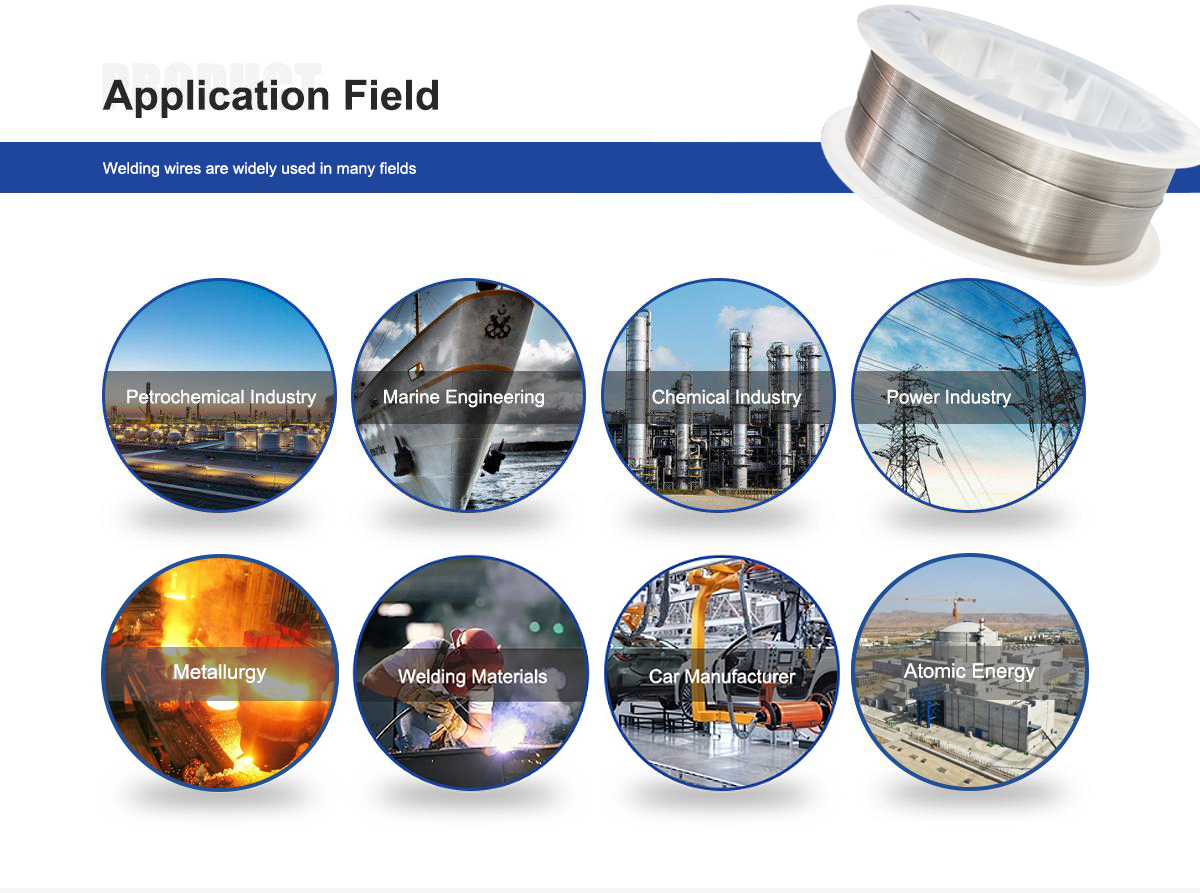
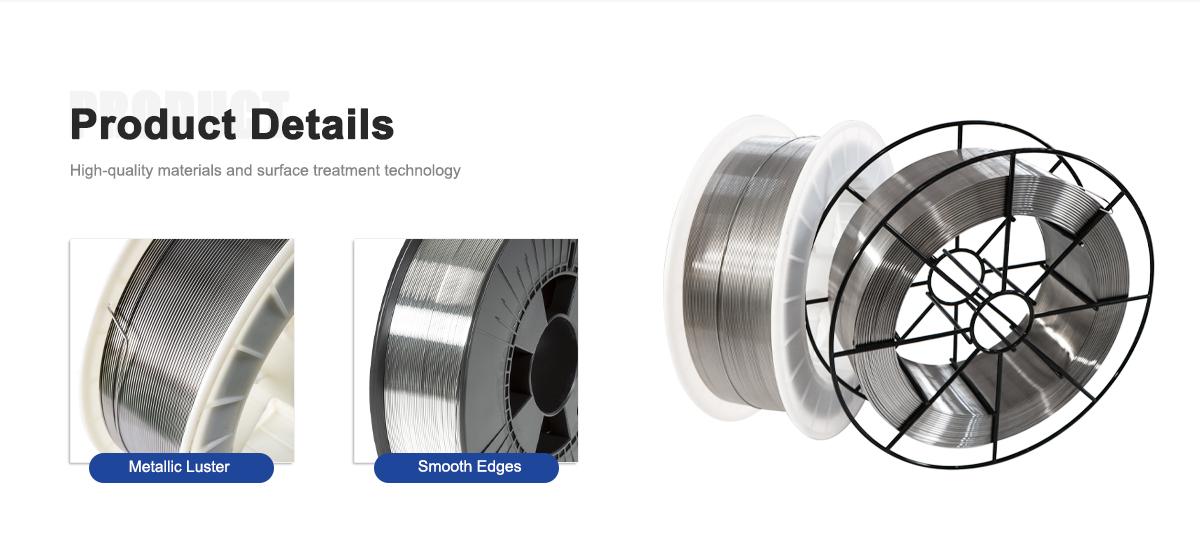
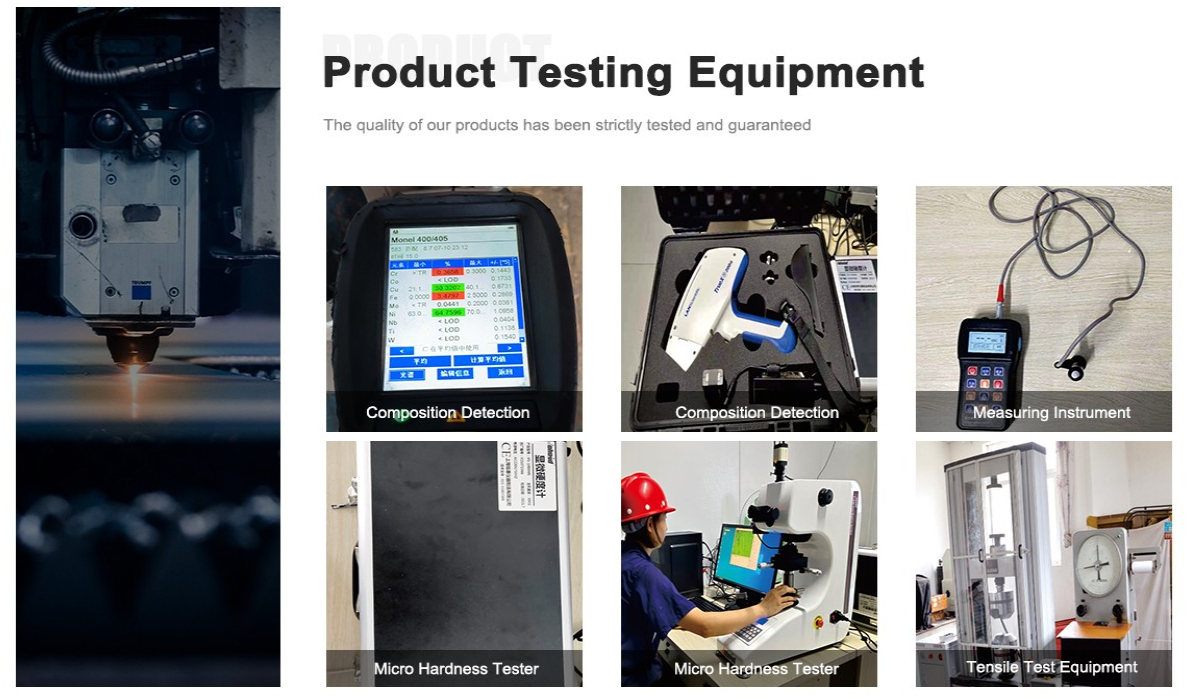
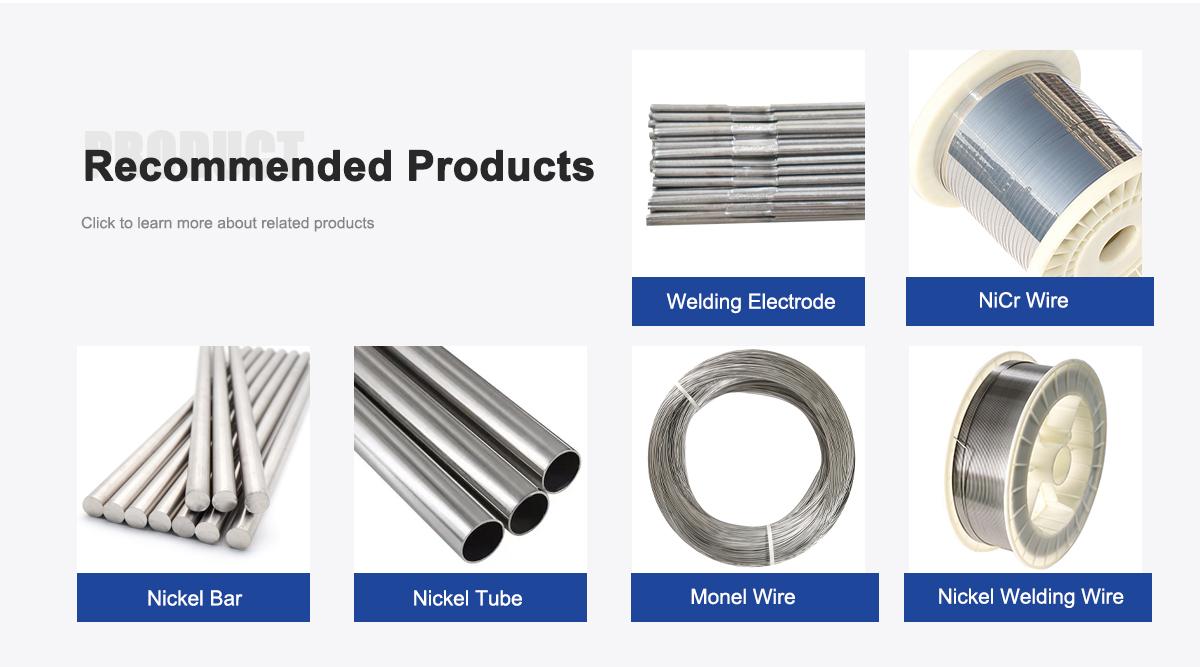
About Us:
Our 12,000㎡ factory is equipped with complete capabilities for research, production, testing, and packaging. We strictly adhere to ISO 9001 standards in our production processes, with an annual output of 1,200 tons. This ensures that we meet both quantity and quality demands. Furthermore, all products undergo rigorous simulated environment testing including high temperature, high pressure, and corrosion tests before being dispatched, ensuring they meet customer specifications. We also provide chemical analysis reports for every FeCrAl alloy, NiCr alloy, and other products purchased.
For all our clients, we offer timely and multilingual after-sales support and technical consulting, helping you resolve any issues swiftly and efficiently.
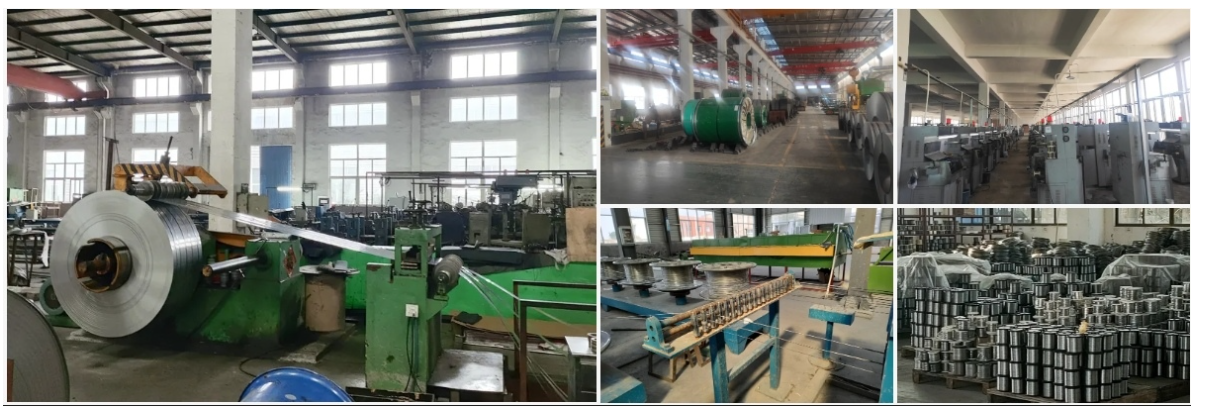
Client Visits
Building Stronger Partnerships
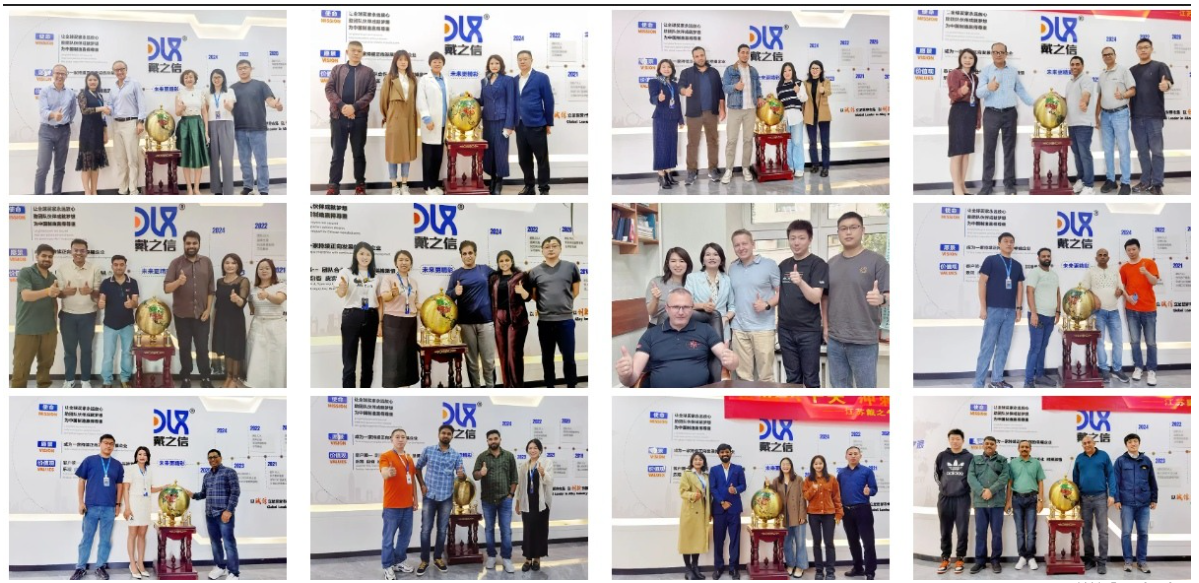
We support all kinds of testing:
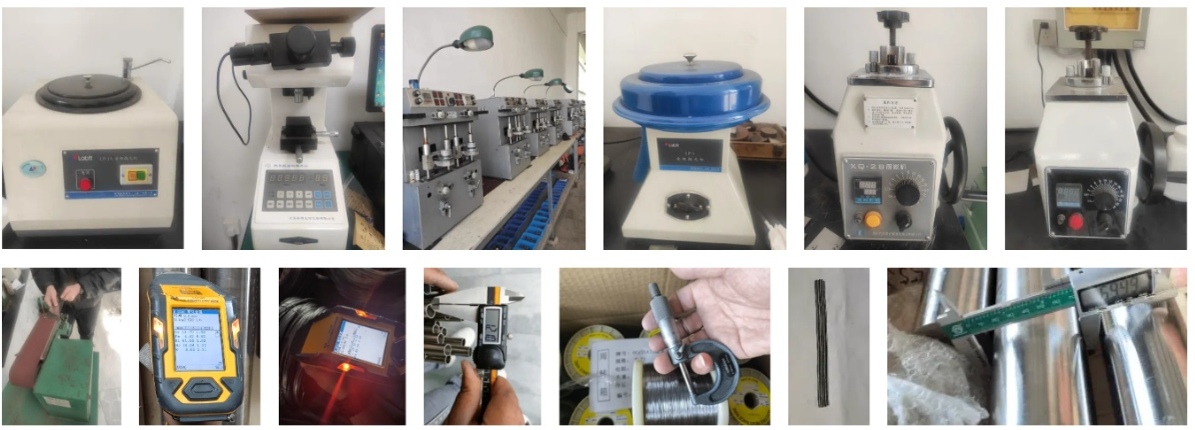

What makes ER309L great for harsh environments?
Its high chromium and nickel content ensures excellent corrosion resistance in acidic, high-temperature, or marine settings.
Can ER309L weld dissimilar metals?
Yes, it’s perfect for joining stainless steel to carbon or low-alloy steel, ensuring strong, crack-free welds.
What industries use ER309L TIG wire?
It’s widely used in chemical processing, marine, oil and gas, and power generation for durable welds.
How does ER309L compare to ER308L?
ER309L is better for dissimilar metals and harsher conditions, while ER308L is tailored for 304/304L steels.
Is ER309L suitable for high-temperature applications?
Absolutely, its composition handles elevated temperatures without losing strength or corrosion resistance.
What shielding gas works best with ER309L?
Pure argon is ideal for TIG welding, with a flow rate of 15-20L/min for optimal results.
Can ER309L be used in automated welding?
Yes, its smooth feed and stable arc make it a great fit for robotic TIG welding systems.
Why choose ER309L over ER316L?
ER309L is more versatile for dissimilar metals and cost-effective, while ER316L is better for molybdenum-enhanced corrosion resistance.
Our ER309L stainless steel TIG wire is your go-to for welding in tough, corrosive environments. From chemical plants to offshore platforms, it delivers strong, reliable welds that stand up to the harshest conditions. With trends leaning toward durability and precision, our wire keeps you ahead of the game. Choose us for quality, versatility, and welds that last.